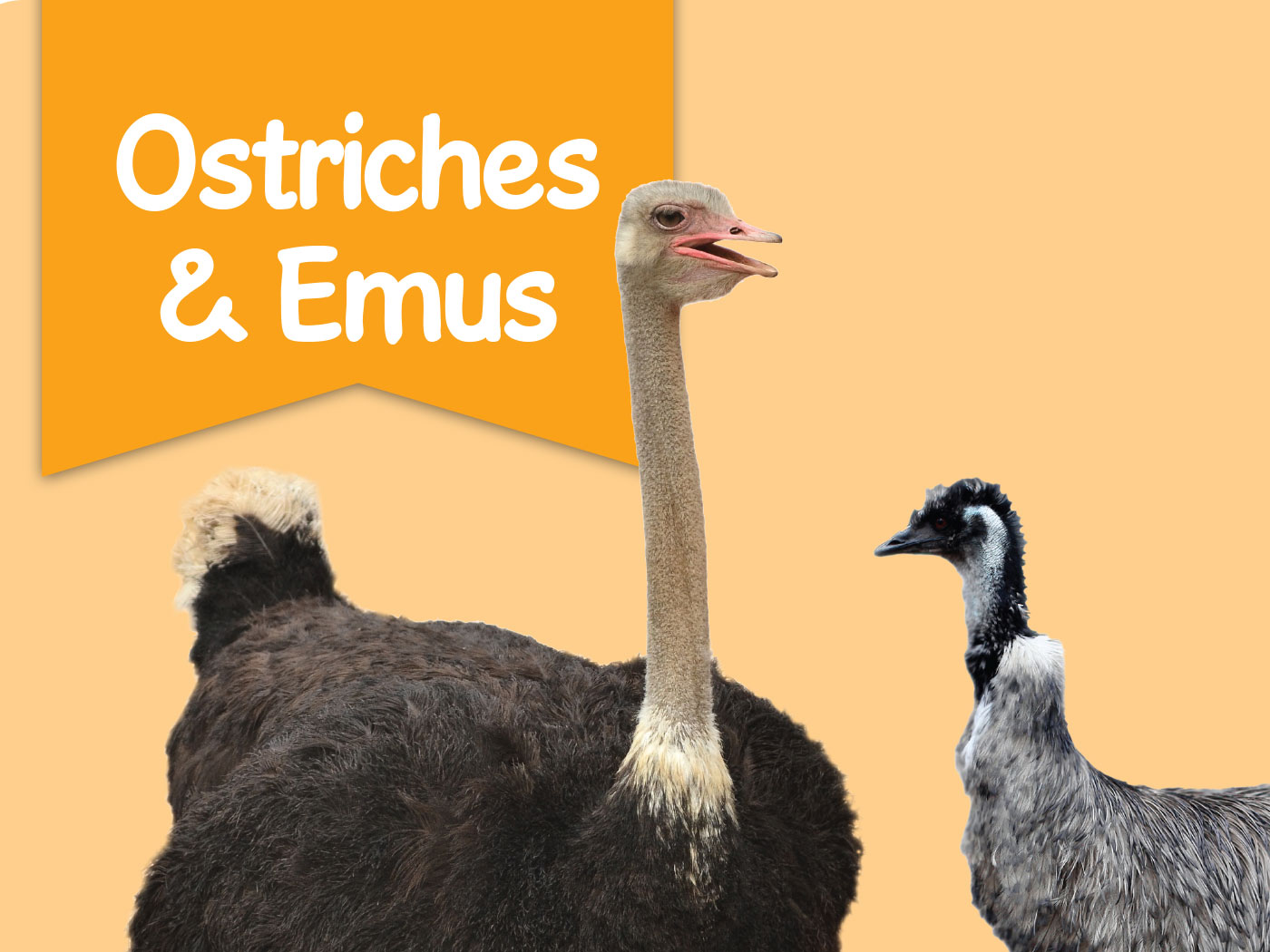Conservationists are celebrating a landmark moment in English wildlife conservation this month, as July sees the 30th anniversary of the re-introduction of red kites to the Chiltern Hills. … The Nature Conservancy Council (now Natural England) collaborated with the RSPB [Royal Society for the Protection of Birds], Joint Nature Conservation Committee (JNCC), Zoological Society London and British Airways to release the birds 30 years ago in an area on the Buckinghamshire and Oxfordshire border.1
The reintroduction of red kites to an area of outstanding natural beauty 30 years ago has been a "true conservation success story" …. Numbers of kites had declined over a 200-year period and by the 1980s they were one of only three globally-threatened species in the UK. Thirteen young birds were brought over from Spain and released in the Chiltern Hills [in southern England] in July 1990. They are now "thriving", with an estimated 1,800 UK breeding pairs.2
The reintroduction of red kites to an area of outstanding natural beauty 30 years ago has been a "true conservation success story" …. Numbers of kites had declined over a 200-year period and by the 1980s they were one of only three globally-threatened species in the UK. Thirteen young birds were brought over from Spain and released in the Chiltern Hills [in southern England] in July 1990. They are now "thriving", with an estimated 1,800 UK breeding pairs.2
Including juvenile nestlings, as many as 10,000 red kites might be residing in various parts of England, Wales, and Scotland.3
The red kite is one of Britain's most distinctive birds of prey, known for its reddish-brown body, angled wings, forked tail, and "mewing" call. They used to breed across much of the UK, but persecution over the years saw numbers fall as they increasingly became a target for egg collectors. At one point there were just a few breeding pairs in central Wales.2
Found in hilly regions, typically in landscape with areas of old deciduous wood mixed with open fields and meadows. In winter often gathers in flocks at dusk to roost together in clumps of trees or sections of forest. Hunts over open terrain and lives on small rodents, smaller birds, insects, etc., but also takes dead animals and refuse; steals prey from other birds, e.g., Rook and Carrion Crow.4
Found in hilly regions, typically in landscape with areas of old deciduous wood mixed with open fields and meadows. In winter often gathers in flocks at dusk to roost together in clumps of trees or sections of forest. Hunts over open terrain and lives on small rodents, smaller birds, insects, etc., but also takes dead animals and refuse; steals prey from other birds, e.g., Rook and Carrion Crow.4
The red kite also hybridizes with the black kite in captivity and in the wild. So their genetic diversity includes several varieties spread over various parts of Europe.5 Kites are not new as a category of predatory bird. The exact relationships of various birds of prey—such as kites, falcons, hawks, eagles, and buzzards—continues to be an ongoing controversy among avian taxonomists.6
In any case, whether the recovering variety is called a species, subspecies, endemic breed, or some other phenotypic category, the population success results are encouraging.
While the "majestic" red kites have been targeted by hunters and egg thieves, they have also had some bad press themselves as numbers have increased. Reports including the birds swooping on school children as they ate their lunches, and "sweeping up chickens", prompting calls for people to stop feeding them as there was plenty of wild food for them to eat. However, Jeff Knott, the RSPB's operations director for Central and Eastern England, said the reintroduction project "might be the biggest species success story in UK conservation history", resulting in the "near-extinct" species becoming a "daily sight for millions of people". … The UK is now home to almost 10% of the world population of red kites.2
When captive red kites were reintroduced to wild parts of England, the Chilterns Hills area was chosen as their new home. This is a semi-wooded chalk escarpment that blends with rolling hills, stretching more than 300 square miles within the River Thames drainage watershed.
The Chilterns area was chosen as it met the criteria set out by the International Union for Conservation of Nature (IUCN) for the project. The Chiltern Hills were designated an Area of Outstanding Natural Beauty (AONB) in 1965 [and thus gained legal protection comparable to ‘national park’ status] and stretch from Goring in Oxfordshire, through Buckinghamshire and Bedfordshire, to Hitchin in Hertfordshire. More birds were introduced and by 1996, at least 37 pairs had bred in southern England.2
The results have been something to celebrate, according to Natural England, which is the British government’s environmental stewardship agency.
Danny Heptinstall, Senior International Biodiversity Adviser at the JNCC, said: ‘Thirty years ago the reintroduction of a lost species was a radical act. Thanks to pioneering projects like the Chiltern Red Kites, it is now a standard tool in the nature conservation toolkit. In 1990, the UK had a only a few dozen red kites, 30 years later there are over 10,000. JNCC is delighted to have played its part in this ground-breaking conservation success story, and look forward to the continuing success of the project and others like it.’ Red kites first breed at two years old and produce a single clutch of around three eggs, returning to the same nests each season. They feed mainly on carrion and worms, but are opportunistic and will occasionally take small mammals.1
Red kites can now be seen in most English counties with an estimated 10,000 birds in the UK, including 1,800 breeding pairs. Tony Juniper, chair of Natural England, said these "most majestic birds of prey" had been "persecuted to near-extinction", but the "pioneering reintroduction programme in the Chilterns stands out as a true conservation success story."2
Red kites can now be seen in most English counties with an estimated 10,000 birds in the UK, including 1,800 breeding pairs. Tony Juniper, chair of Natural England, said these "most majestic birds of prey" had been "persecuted to near-extinction", but the "pioneering reintroduction programme in the Chilterns stands out as a true conservation success story."2
Conservation success stories are not guaranteed, as shown by the history of extinct species and subspecies. Consider this list of no-longer-observable birds: passenger pigeon, great auk, Kona grosbeak, nine species of moa, dodo, ivory-billed woodpecker (subject to unverified reports in Arkansas), Grand Cayman thrush, Grand Cayman oriole, slender-billed grackle, San Benedicto rock wren, Norfolk Thrush, and the list goes on.7
Yet sometimes a near-extinction is reversed, and a preserved population is stewarded to the happy condition of a flourishing recovery. One example of this in America is the conservation comeback of the trumpeter swan.
Trumpeter swans were once close to extinction. They had been hunted in huge numbers—thousands were killed for their skins and feathers. … [Sadly] the United States hosted only 488 trumpeter swans in 1957. But that was actually better than the situation a few decades earlier! In 1932, fewer than 70 trumpeter swans were known to exist worldwide. About half of them dwelled in the Wyoming-Montana region near Yellowstone National Park. … From 69 trumpeters in the lower 48 states, supplemented by a population in Alaska, leading to the managed transfer of 50 eggs to Minnesota—has now grown to about 17,000 in Minnesota alone!8
Birdwatchers in Britain can celebrate the recovery of the elegant, fork-tailed, dignifiedly soaring red kite. Moreover, Christians can appreciate that every soaring red kite aloft in any of the British airways—of England, Scotland, and Wales—is a stand-alone exhibit of the Lord Jesus Christ’s care and creativity.
You are worthy, O Lord, to receive glory and honor and power; For You created all things, and by Your will they exist and were created.9
References
1. Staff writer. 30-year anniversary of landmark release of red kites in the Chiltern Hills. Natural England. Posted on gov.uk July 20, 2020, accessed July 21, 2020.
2. Staff writer. Red Kite 30-Year Chilterns Project a ‘Conservation Success’. BBC News. Posted on bbc.com July 20, 2020, accessed July 21, 2020.
3. In Scotland, the best places to see reintroduced Red Kites, according to the Royal Society for the Protection of Birds, are Argaty Farm Estate (near Stirling) and the Galloway Kite Trial near Castle Douglas (in Kirkcudbrightshire, including looping road itinerary of 24 miles, plus 16 miles of summer hiking trail within Galloway Forest Park). See Royal Society for the Protection of Birds, “Red Kite.” Posted on rspb.org, accessed July 20, 2020.
4. Jonsson, L. 1993. Birds of Europe, with North Africa and the Middle East. D. Christie, trans. Princeton, NJ: Princeton University Press, 122-123.
5. “Here, we analyzed the mitochondrial (CO1 and CytB) and nuclear (Myc) DNA loci of 184 M. milvus, 124 M. migr. migrans and 3 F1 hybrid individuals collected across central Europe. In agreement with previous studies, we found low heterozygosity in M. milvus regardless of locus. … We did not find mitochondrial DNA of one species in individuals with the plumage of the other species, except in F1 hybrids, which agrees with Haldane´s Rule. It remains to be investigated by genomic methods whether occasional gene flow occurs through the paternal line, as the examined Myc gene displayed only marginal divergence between M. milvus and M. migr. migrans. The central European population of M. milvus is clearly subject to free intraspecific gene flow, which has direct implications when considering the origin of individuals in M. milvus re-introduction programs.” Quoting Heneberg, P., M. Dolinay, H. Matušík, et al. 2016. Conservation of the Red Kite Milvus milvus (Aves: Accipitriformes) Is Not Affected by the Establishment of a Broad Hybrid Zone with the Black Kite Milvus migrans migrans in Central Europe. PLOS ONE. 11(7).
6. Kites (Hebrew: ’ayyâh) are mentioned in Deuteronomy 14:13, in association with other birds of prey, the glede (Hebrew: râ’âh) and the vulture (Hebrew: dayyâh). Kites are also mentioned in the ancient Miao people’s creation account, which bears many parallels to the creation account of Genesis. “In the earth He created the hawk and the kite; in the water created the lobster and fish; in the wilderness made He the tiger and bear…” Truax, E. A. 1991. Genesis according to the Miao People. Acts & Facts. 20(4).
7. However, when it comes to animal extinctions and extirpations, don’t be too quick to plan a funeral. See Johnson, J. J. S. 2020. Should We Grouse About Not Seeing Grouse? Creation Science Update. Posted on ICR.org July 7, 2020, accessed July 21, 2020.
8. Regarding the triumphant turnaround of North America’s Trumpeter Swan, see Johnson, J. J. S. 2020. Post-Coronavirus Comeback or Swan’s Song? Creation Science Update. Posted on ICR.org April 23, 2020, accessed July 21, 2020.
9. Revelation 4:11.
*Dr. Johnson is Associate Professor of Apologetics and Chief Academic Officer at the Institute for Creation Research.













